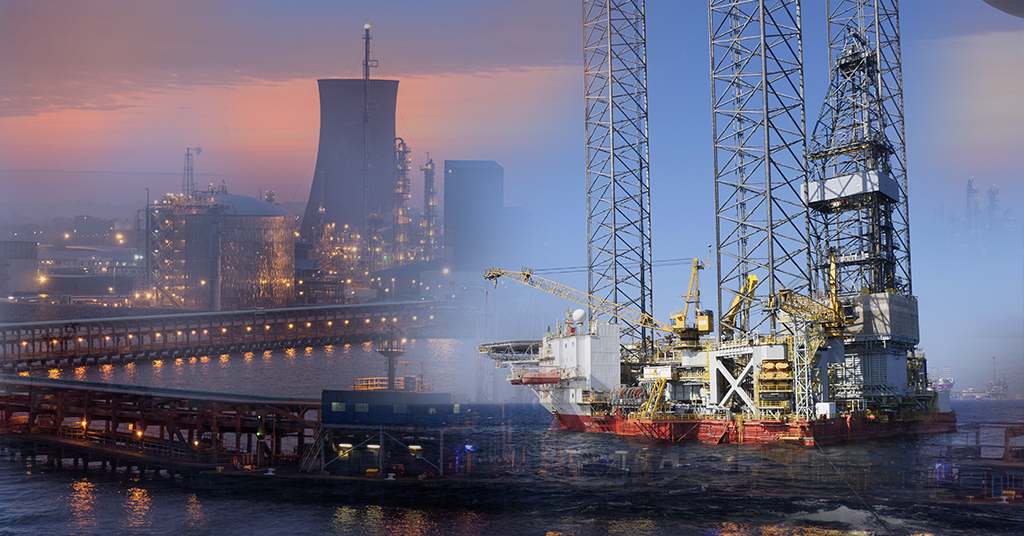Welcome To ChemAnalyst

WACKER has successfully captured carbon dioxide (CO2) produced during its silicon manufacturing process. This achievement was made possible through a collaboration with the SLB and Aker Carbon Capture Joint Venture (SLB-ACC JV), which provided the necessary technology and expertise. The pilot test took place at WACKER's production facility in Holla, Norway, where silicon is produced from quartz and carbon for use in silicone products. This production process is a significant source of CO2 emissions for WACKER.
The newly tested capture process allows for the reuse or storage of this greenhouse gas, preventing its release into the atmosphere. This is a crucial advancement toward achieving net-zero emissions in chemical production. SLB-ACC JV specializes in CO2 capture from industrial processes, including those that produce metallurgical-grade silicon, a key material for microchips, solar modules, and silicones.
A mobile test unit (MTU) from SLB-ACC JV was set up at WACKER's Holla site. This MTU, a compact CO2 capture plant, processed waste gas directly from silicon production. The CO2 was captured using amine scrubbing, a chemical method that employs an amine-containing solvent to selectively extract CO2 from the gas mixture. In large-scale operations, the CO2 is later desorbed from the solvent, cooled, condensed under pressure, and purified.
WACKER's pilot test, which concluded successfully in late June, demonstrated the effectiveness of amine scrubbing, achieving capture rates exceeding 95%. The test provided valuable data on process parameters essential for scaling up the technology. Additionally, WACKER and SLB-ACC JV conducted an engineering feasibility study, designing a plant capable of capturing 180,000 metric tons of CO2 annually. This design has now been refined with insights gained from the pilot test.
WACKER CEO Christian Hartel praised the pilot study's results, emphasizing that the technology effectively removes CO2. Captured CO2 can be utilized in creating synthetic fuels (e-fuels) or methanol for other chemical processes, or it can be stored underground through carbon capture and storage (CCS). Hartel highlighted the importance of securing customers for the captured CO2 and developing a supportive regulatory framework to build a viable business case.
This project marks a significant step toward achieving closed carbon cycles and advancing WACKER’s commitment to reducing its carbon footprint.
WACKER stands at the forefront of technological innovation in the chemical industry, offering a wide range of products that cater to essential global markets. The company excels in the silicone, polymer, life sciences, and polysilicon sectors, consistently delivering advanced solutions. WACKER's expertise drives progress across various industries, supporting diverse applications from high-performance materials to cutting-edge life sciences advancements.
We use cookies to deliver the best possible experience on our website. To learn more, visit our Privacy Policy. By continuing to use this site or by closing this box, you consent to our use of cookies. More info.
